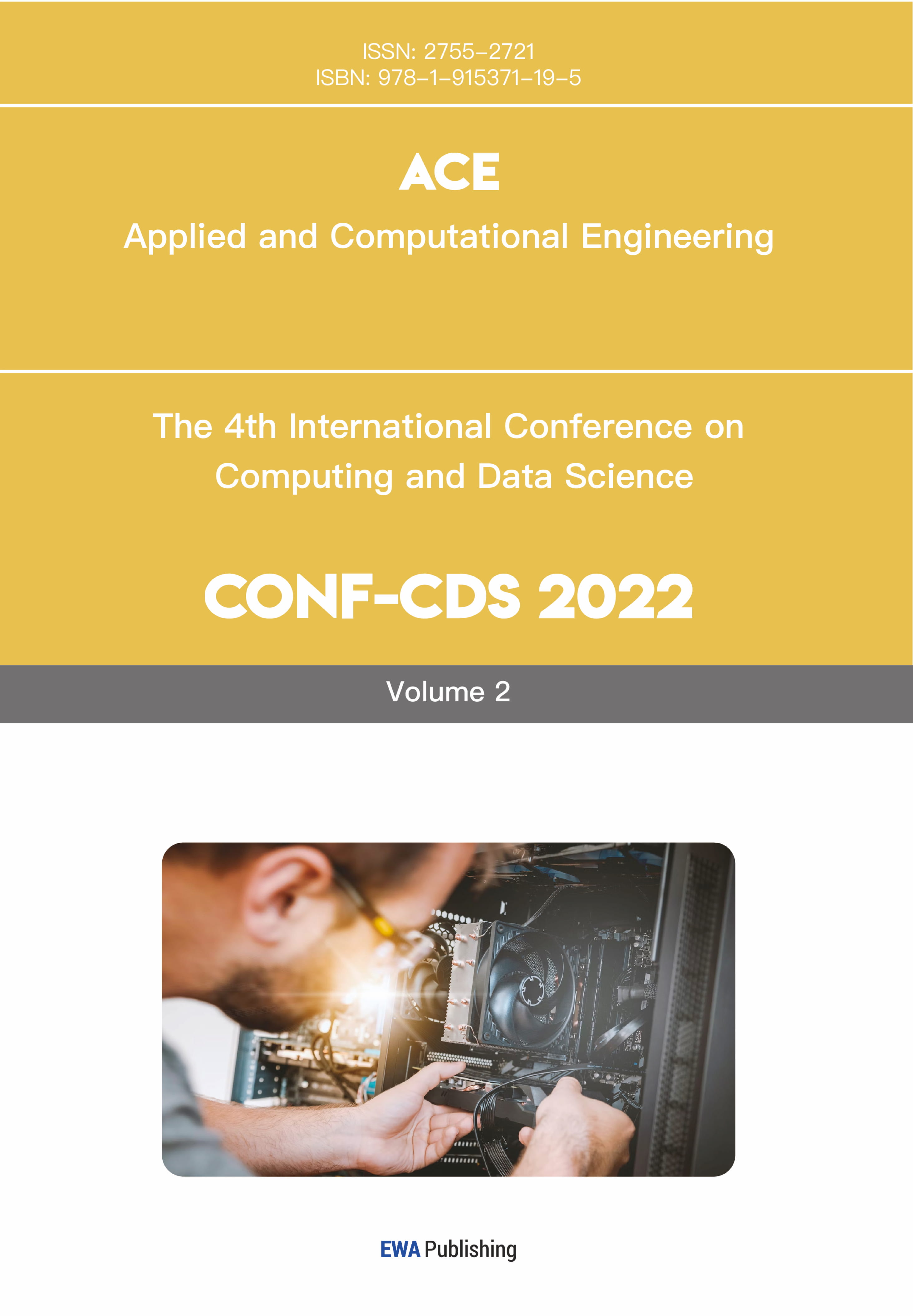References
[1]. Sukhorukov, S., Ovsyannikov, A., & Lepekhina, S. (2024). A set of technological equipment for a robotic 3D printing system using DED technology. In 2024 International Conference on Industrial Engineering, Applications and Manufacturing(ICIEAM)(pp.812–817).IEEE.
[2]. V. Sala, A. Vandone, M. Banfi, S. Baraldo, F. Mazzucato and A. Valente, "Online 3D Geometry Reconstruction for Direct Energy Deposition Based on Melt Pool Images, " 2023 IEEE International Workshop on Metrology for Industry 4.0 & IoT (MetroInd4.0& IoT), Brescia, Italy, 2023, pp. 96-101
[3]. Jin, Y., He, Y., Fu, G., Zhang, A., & Du, J. (2017). A non-retraction path planning approach for extrusion-based additive manufacturing. Robotics and Computer-Integrated Manufacturing, 48, 132–144.
[4]. Sanaei, N., & Fatemi, A. (2021). Defects in additive manufactured metals and their effect on fatigue performance: A state-of-the-art review. Progress in Materials Science, 117, 100724
[5]. Ma, W., But, W. C., & He, P. (2004). NURBS - based adaptive slicing for efficient rapid prototyping. Computer - Aided Design, 36(13), 1309 - 1325.
[6]. B. Thompson and H. -S. Yoon, "Efficient Path Planning Algorithm for Additive Manufacturing Systems, " in IEEE Transactions on Components, Packaging and Manufacturing Technology, vol. 4, no. 9, pp. 1555-1563, Sept. 2014, .
[7]. B. Hu, G. Jin and L. Sun, "A Novel Adaptive Slicing Method for Additive Manufacturing, " 2018 IEEE 22nd International Conference on Computer Supported Cooperative Work in Design ((CSCWD)), Nanjing, China, 2018, pp. 218-223,
[8]. Uhlmann, E., Kersting, R., Klein, T. B., Cruz, M. F., & Borille, A. V. (2015). Additive manufacturing of titanium alloy for aircraft components. Procedia CIRP, 35, 55-60.
[9]. Kumar, L.J., Krishnadas Nair, C.G. (2017). Current Trends of Additive Manufacturing in the Aerospace Industry. In: Wimpenny, D., Pandey, P., Kumar, L. (eds) Advances in 3D Printing & Additive Manufacturing Technologies. Springer, Singapore.
[10]. S. Sukhorukov and N. Shusharin, "Command System for a Robotic 3D Printing Complex Using DED Technology, " 2024 International Russian Smart Industry Conference (SmartIndustryCon), Sochi, Russian Federation, 2024, pp. 184-189,



